
Design is a very popular niche. Product design requires a broad understanding of the target user. It’s a challenging yet rewarding skill that requires dedication, practical experience, and a very specific mindset — such an expert has to be empathetic, analytical, and curious.
At Phenomenon Studio, we believe it’s fair to say that product design is a middle ground between design disciplines. Product design typically bridges the gap between various design domains, incorporating elements of industrial, graphic, user experience (UX), and user interface (UI) design, among others. This is why we’ve decided to share our expertise in product design with our audience. So, without further ado, let’s kick off!
What Is Product Design?
Product design is a multi-disciplinary process that involves creating and developing products that meet specific user needs or market demands. It encompasses various stages from conceptualization to production and sometimes even post-production support. Here are the key components of product design:
- Understanding user needs, market trends, and competition is crucial and involves market research, user interviews, surveys, and analysis of existing products.
- Based on research findings, ideas and conceptualizations of the product are generated . This phase often involves brainstorming sessions, sketching, and prototyping.
- Feedback is used to refine the selected concepts into detailed designs and includes creating digital prototypes, conducting usability testing, and iterating.
- Once the design is finalized, engineers work on turning the concept into a functional prototype. This stage may involve multiple iterations to ensure the product meets technical requirements.
- Prototype testing is implemented to ensure it meets performance, safety, and quality standards. User, simulated, and compliance testing may be conducted
- Finally, the product is launched into the market. Product designers may continue to support the product by gathering feedback, making improvements, and addressing issues that arise post-launch.
Throughout the entire product design process, designers collaborate with various stakeholders, such as engineers, marketers, and manufacturers, to ensure the final product meets user needs, technical requirements, and business goals. The goal of product design is to create innovative, functional, and aesthetically pleasing products that provide value to users and achieve commercial success.
Download our Strategic Outsourcing Whitepaper
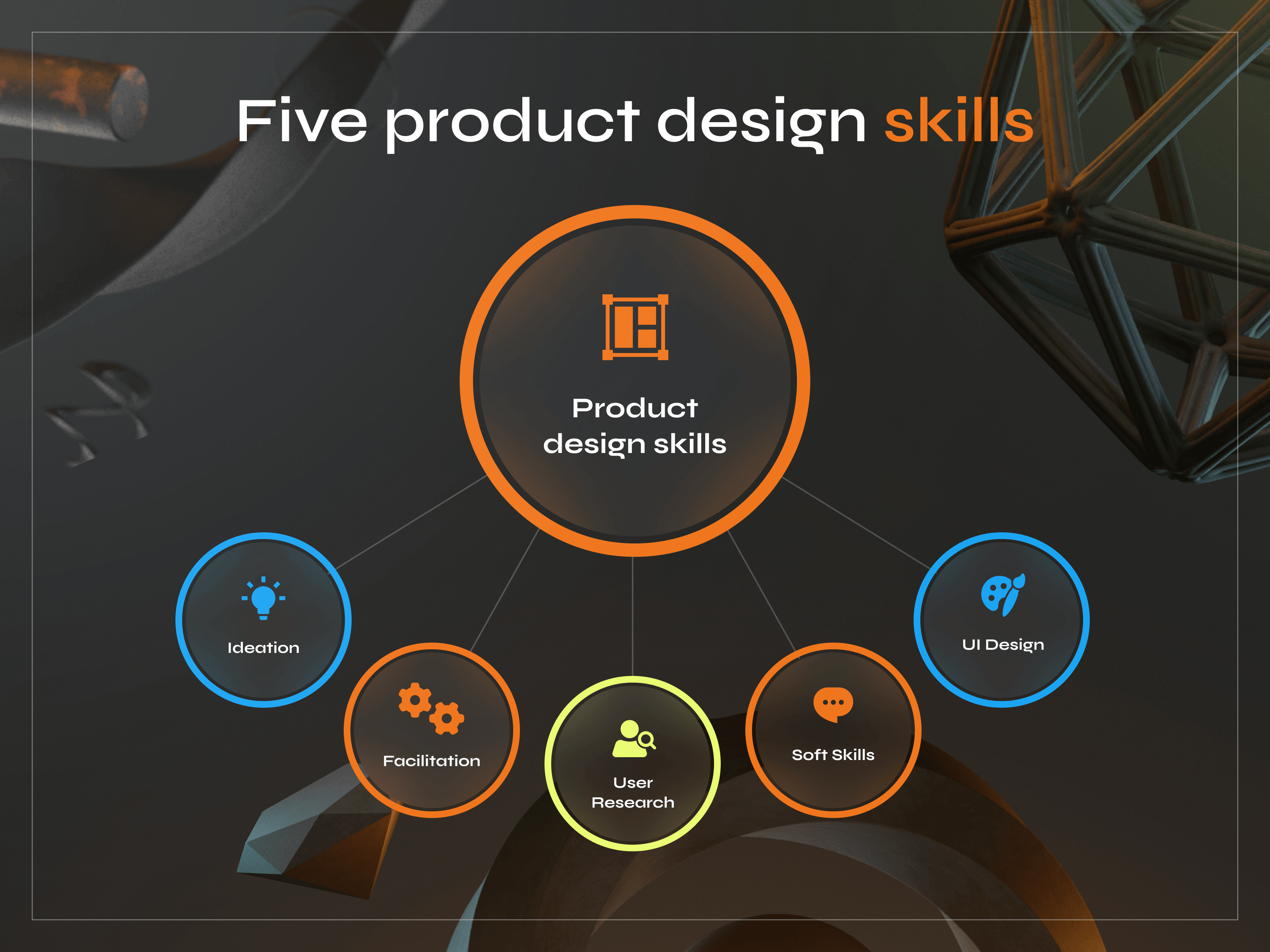
Evolution of Product Design
Over time, the domain of product design has undergone a profound evolution, expanding far beyond its traditional boundaries. It now encompasses a wide array of responsibilities and peculiarities that extend well beyond superficial aesthetics. Product designers today are not merely artists; they are problem solvers, innovators, and strategic thinkers. They are key players in shaping the success of every product within a company’s portfolio.
Gone are the days when product designers were solely responsible for creating visually appealing sketches or mockups. Today, they are integral members of multidisciplinary teams, collaborating closely with engineers, marketers, product managers, and other stakeholders to create products that resonate with users.
One significant aspect of this evolution is the emphasis on user-centered design principles. Product designers now conduct extensive research to gain deep insights into user behaviors, preferences, and pain points. This understanding informs every aspect of the design process, ensuring that products not only look good but also function intuitively and meet genuine user needs.
For example, consider the design process behind the iPhone. Apple’s product design team didn’t just focus on crafting a sleek and visually appealing device; they meticulously considered the user experience, from the seamless integration of hardware and software to the intuitive interface and ergonomic design. This holistic approach to design has been a key factor in the iPhone’s enduring success and popularity.
Moreover, the role of product designers extends well beyond the initial stages of product development. They are actively involved in prototyping, testing, and iterating on designs based on user feedback. Whether it’s conducting usability studies, analyzing data metrics, or gathering qualitative feedback, product designers leverage a range of tools and methodologies to refine and optimize products throughout their lifecycle.
Another notable aspect of the evolution of product design is the increasing emphasis on sustainability and ethical considerations. Designers are now tasked with minimizing environmental impact, optimizing resource usage, and ensuring products are ethically sourced and manufactured. Companies like Tesla, with their electric vehicles designed for sustainability, or sustainable fashion brands like Patagonia, exemplify this trend by prioritizing eco-friendly materials and production processes in their product design. In essence, the evolution of product design reflects a fundamental shift in mindset—from merely creating products to solving problems, enhancing user experiences, and driving positive societal impact.
Read also: Smart Start: The Art and Science of MVP Software Development
The Product Design Steps Explained
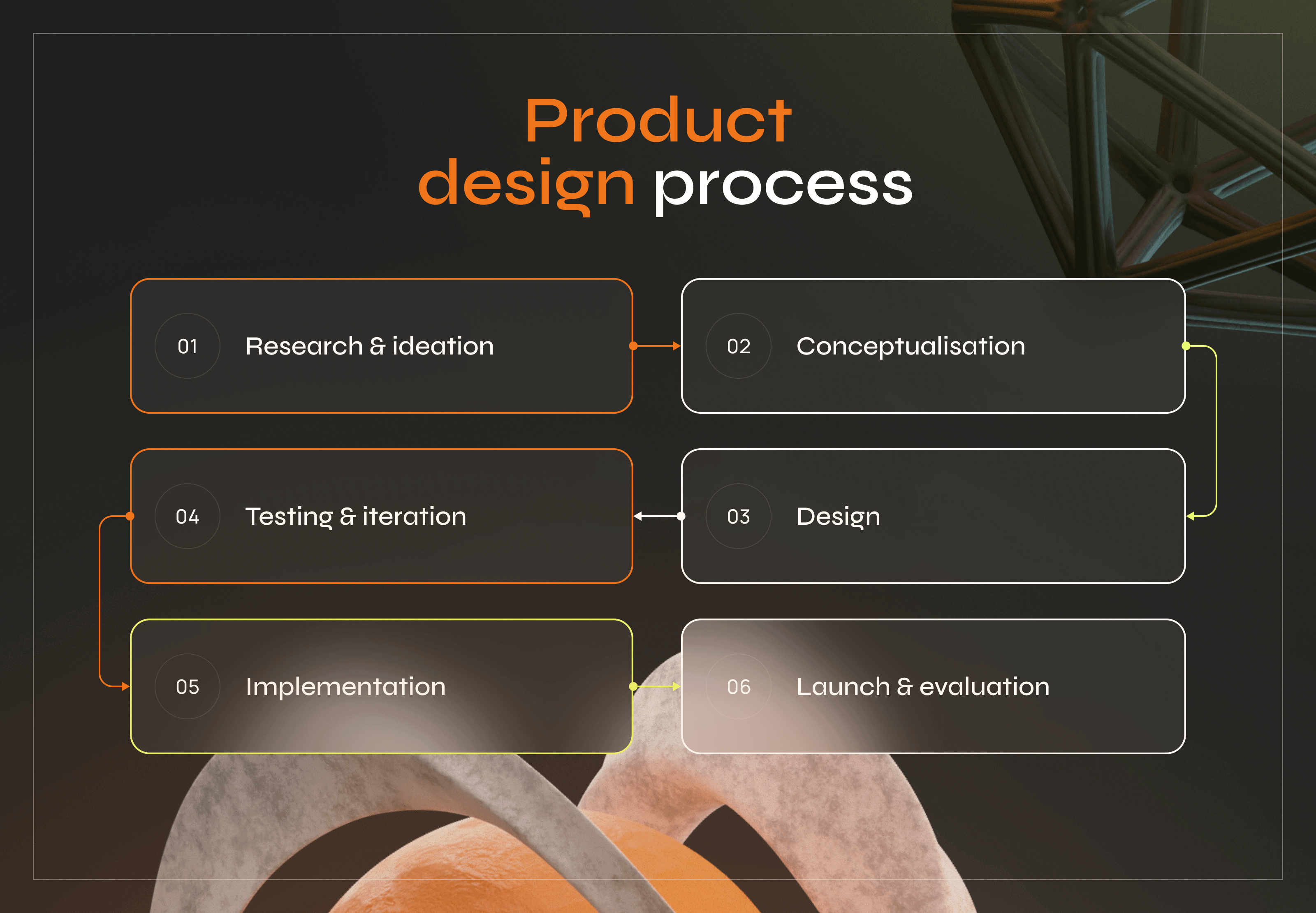
Phase 1: Research and Ideation
During the research and ideation phase, the focus is on understanding user needs, market trends, and competition. This involves conducting market research, gathering user feedback, and brainstorming ideas. For example, if designing a new mobile app, this phase may include researching similar apps in the market, conducting user interviews to understand pain points, and brainstorming innovative features. Based on the latest data, nearly 85% of all design projects begin with a comprehensive research process. These numbers are super valuable: they demonstrate that in-depth analysis is a stage no designer should avoid.
Phase 2: Conceptualization
In the conceptualization phase, the ideas generated during the research phase are refined into concrete concepts and plans. This involves defining the product’s goals, features, and functionalities. If designing a new smart home device, this phase may include creating user personas, outlining use cases, and sketching initial designs to visualize the product’s potential.
Phase 3: Design
During the design phase, the product designer’s focus has to be on translating the concepts into tangible products. This involves UI/UX design, prototyping, and iterating on designs based on feedback. For example, in the design of a website, this phase may include creating wireframes to layout the page structure, designing mockups to visualize the user interface, and prototyping interactions to test usability.
Phase 4: Testing and Iteration
The testing and iteration phase involves gathering feedback from users and stakeholders to refine and improve the designs. This may include usability testing, A/B testing, and gathering analytics data. For instance, if designing a new e-commerce platform, this phase may involve conducting user testing sessions to identify navigation issues, analyzing heatmaps to understand user behavior, and iterating on the design based on feedback. By the way, research shows products that undergo at least three prototype iterations are 50% less likely to fail in the market.
Phase 5: Implementation
In the implementation phase, the finalized designs are translated into actual products or systems. This involves development, manufacturing, or deployment, depending on the nature of the project. For example, if designing a new smartphone, this phase may include software development to build the operating system, hardware manufacturing to produce the physical device, and quality assurance to ensure a seamless user experience.
Phase 6: Launch and Evaluation
Finally, in the launch and evaluation phase, the product is introduced to the market, and its performance is monitored and evaluated. This may include tracking key performance indicators (KPIs), gathering user feedback, and making continuous improvements. After launching a new software product, this phase may involve monitoring user engagement metrics, analyzing customer reviews, and releasing updates to address any issues or enhance features based on user feedback.
Product Design vs. UX Design
People often have misconceptions about the roles of product and UX designers, with many failing to discern the nuances between these positions. The crucial difference lies not in their tasks but in the timing of their execution.
Product design encompasses a broad spectrum of activities essential for the successful development of a business project. On the other hand, UX design is specifically tailored to address user interaction challenges within a product. While both disciplines employ customer-centric approaches and utilize similar tools, they differ in their focus and scope.
UX designers primarily concentrate on enhancing user experiences within web products, honing in on refining the interface of applications or websites to optimize usability and functionality. Their goal is to tackle specific user problems and ensure seamless interactions with the product.
Conversely, the role of a product designer extends beyond UX design. These professionals are involved in the entire product development lifecycle, which typically encompasses:
- Research and analysis: Gathering insights into user needs, market trends, and competitor analysis to inform product development strategies.
- Idea and concept development: Formulating innovative ideas and concepts that align with business objectives and address user pain points.
- User-friendly interface (UX) creation: Designing intuitive and engaging user experiences that facilitate smooth interactions with the product.
- User interface (UI) design development: Crafting visually appealing interfaces that complement the user experience and align with brand identity.
- Prototyping and testing: Creating prototypes to validate design concepts and conducting user testing to gather feedback for refinement.
- Collaboration and iterations: Collaborating with cross-functional teams and iterating on designs based on user feedback and stakeholder input.
- Implementation and deployment: Overseeing the implementation of finalized designs, whether it involves software development, manufacturing, or deployment of systems.
- Evaluation and continuous improvement: Monitoring product performance, gathering insights, and implementing iterative improvements to enhance user satisfaction and drive business growth.
In summary, while UX design focuses on optimizing user interactions within a product, product design is broader, encompassing various facets of product development aimed at delivering a successful business outcome.
Inclusivity in Product Design
Inclusive design principles are increasingly important in tech product design, They ensure that products are accessible and usable by people with diverse abilities. Companies that prioritize inclusive design strive to create products that consider the needs of all users, regardless of their physical or cognitive abilities.
For example, Apple has long been recognized for its commitment to inclusive design. The company’s products, such as the iPhone and iPad, feature built-in accessibility features that enable users with disabilities to navigate and interact with the devices more easily. VoiceOver, Apple’s screen reader technology, allows blind and visually impaired users to use iOS devices through spoken feedback and gestures. Similarly, features like Switch Control and AssistiveTouch provide alternative input methods for users with mobility impairments.
Microsoft is another company known for its inclusive design efforts. The company’s Windows operating system includes a range of accessibility features, such as Narrator, Magnifier, and Speech Recognition, to support users with visual, auditory, and motor impairments. Additionally, Microsoft has launched initiatives like the Microsoft Accessibility Insights toolkit, which helps developers identify and fix accessibility issues in their products.
Google has also made strides in inclusive design with initiatives like the Android Accessibility Suite. This suite of accessibility features includes TalkBack, a screen reader for Android devices, as well as features like Voice Access and Live Caption. Google’s Chrome browser also offers accessibility features such as High Contrast mode and ChromeVox, a screen reader extension.
These examples highlight how companies are integrating inclusive design principles into their tech products to ensure accessibility and usability for all users. By prioritizing inclusivity, companies not only improve the user experience for people with disabilities but also create products that are more user-friendly and appealing to a broader audience.
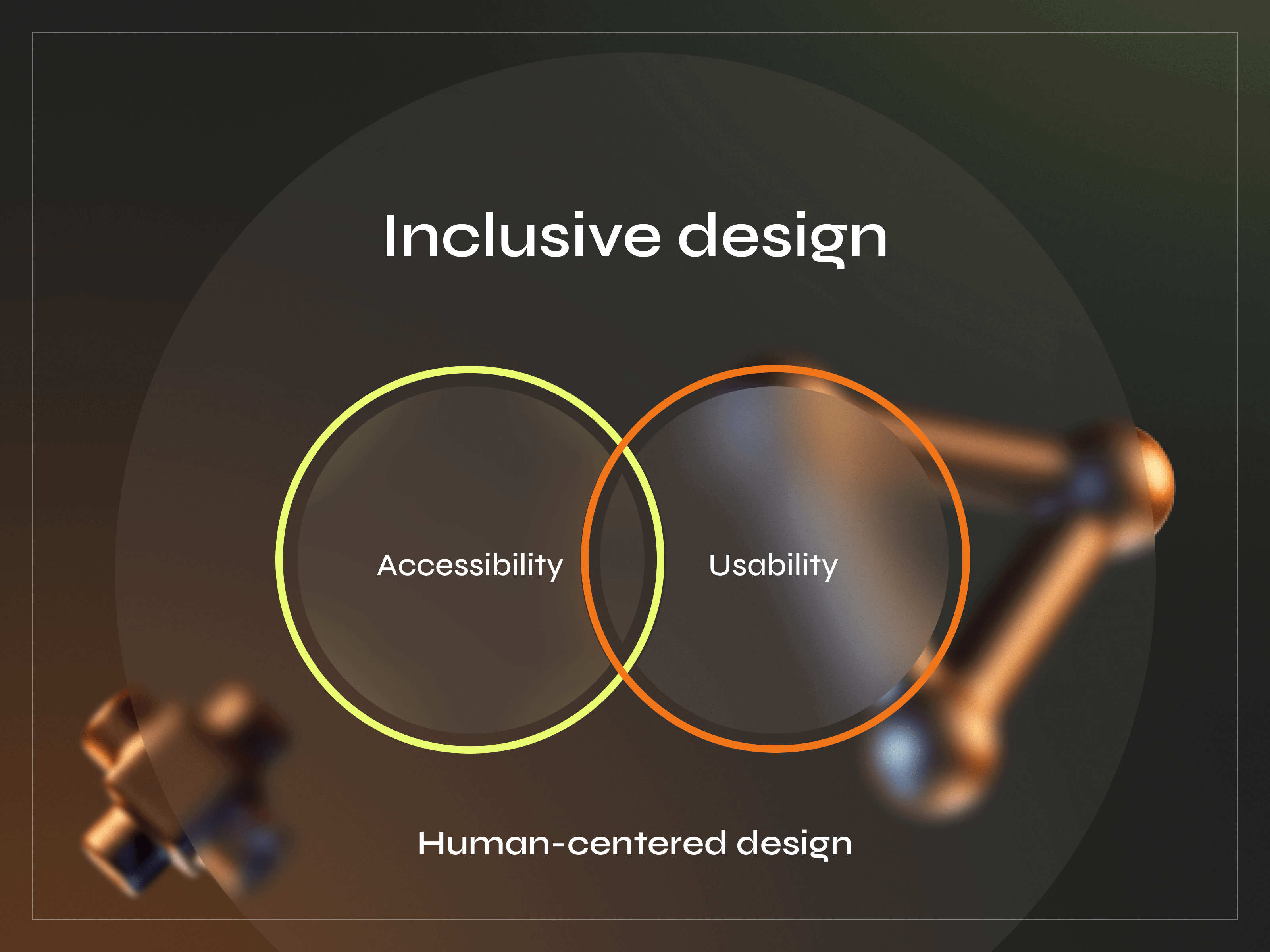
Summary
Hopefully, this article helped you understand product design from within. Phenomenon’s experts believe that in the heart of every well-designed product lies a story of empathy, creativity, and craftsmanship, reminding us that thoughtful design has the power to touch lives and inspire greatness. If you’re interested in starting a new project and want a unique and customer-oriented product, we’re here to help. Contact us today to start a journey you won’t regret!
FAQs
What are the most essential skills for a product designer in 2024?
In 2024, essential skills for a product designer include proficiency in user experience (UX) design, mastery of design thinking methodologies, adaptability to emerging technologies like augmented reality (AR) and artificial intelligence (AI), and a deep understanding of sustainability principles in design.
How can I stay updated with the latest trends in product design?
To stay updated with the latest trends in product design, regularly engage with online design communities, follow influential designers and design blogs, attend conferences, workshops, and webinars, and experiment with new design tools and techniques.
What tools are indispensable for product designers today?
Indispensable tools for product designers today include software like Adobe Creative Suite for graphic design, Sketch or Figma for UI/UX design, prototyping tools such as InVision or Adobe XD, and collaboration platforms like Slack or Asana for team communication and project management.
How can product design contribute to a more sustainable future?
Product design can contribute to a more sustainable future by prioritizing eco-friendly materials and manufacturing processes, designing for durability and longevity, reducing waste through efficient packaging, and creating products that promote reuse and recycling.
How do I incorporate user feedback effectively into my design process?
Incorporate user feedback effectively into your design process by establishing multiple feedback channels such as surveys, user testing sessions, and social media engagement, actively listening to user insights without bias, analyzing feedback data to identify patterns and trends, and iteratively refining your designs based on user input to ensure alignment with user needs and preferences.


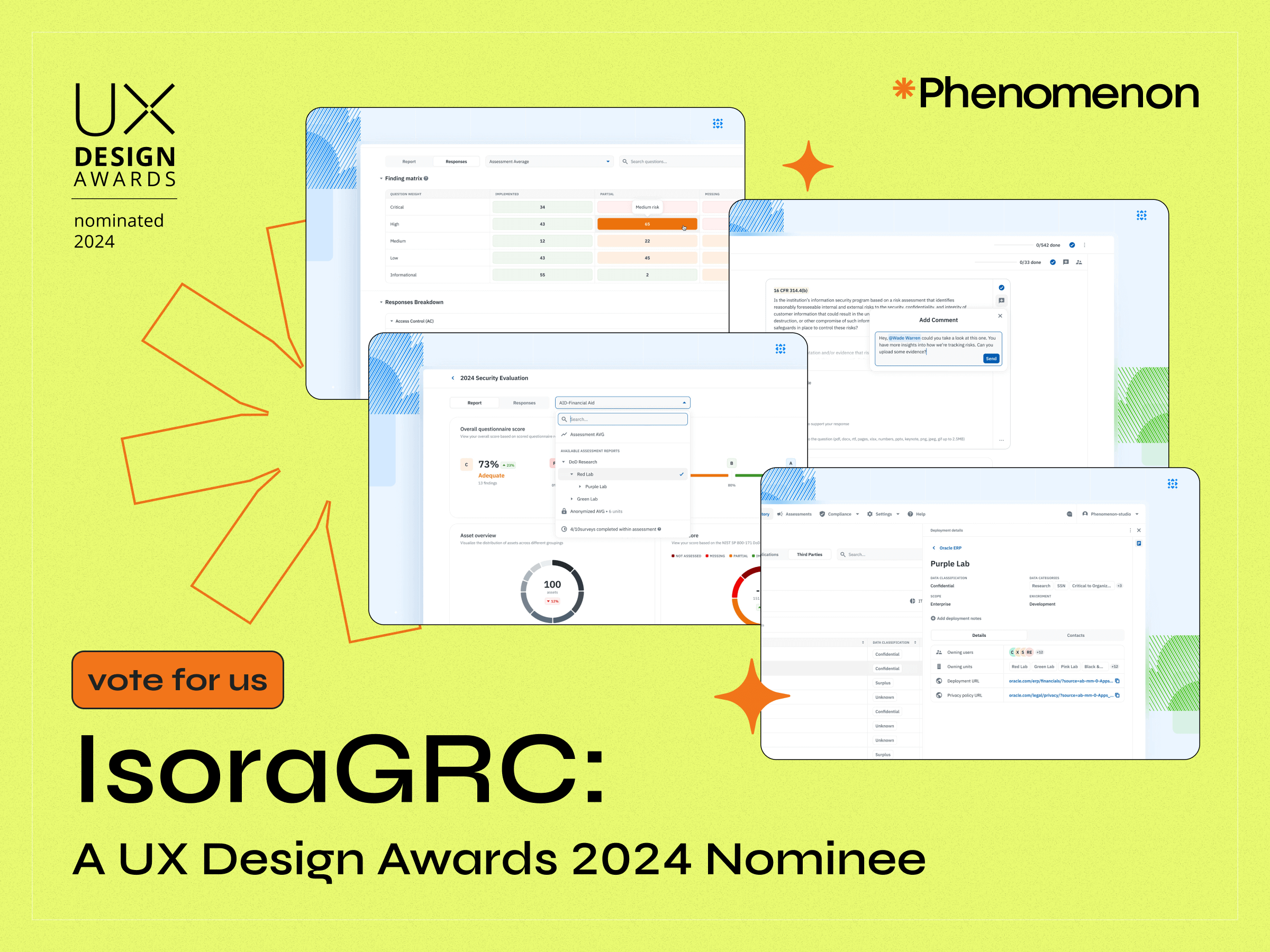
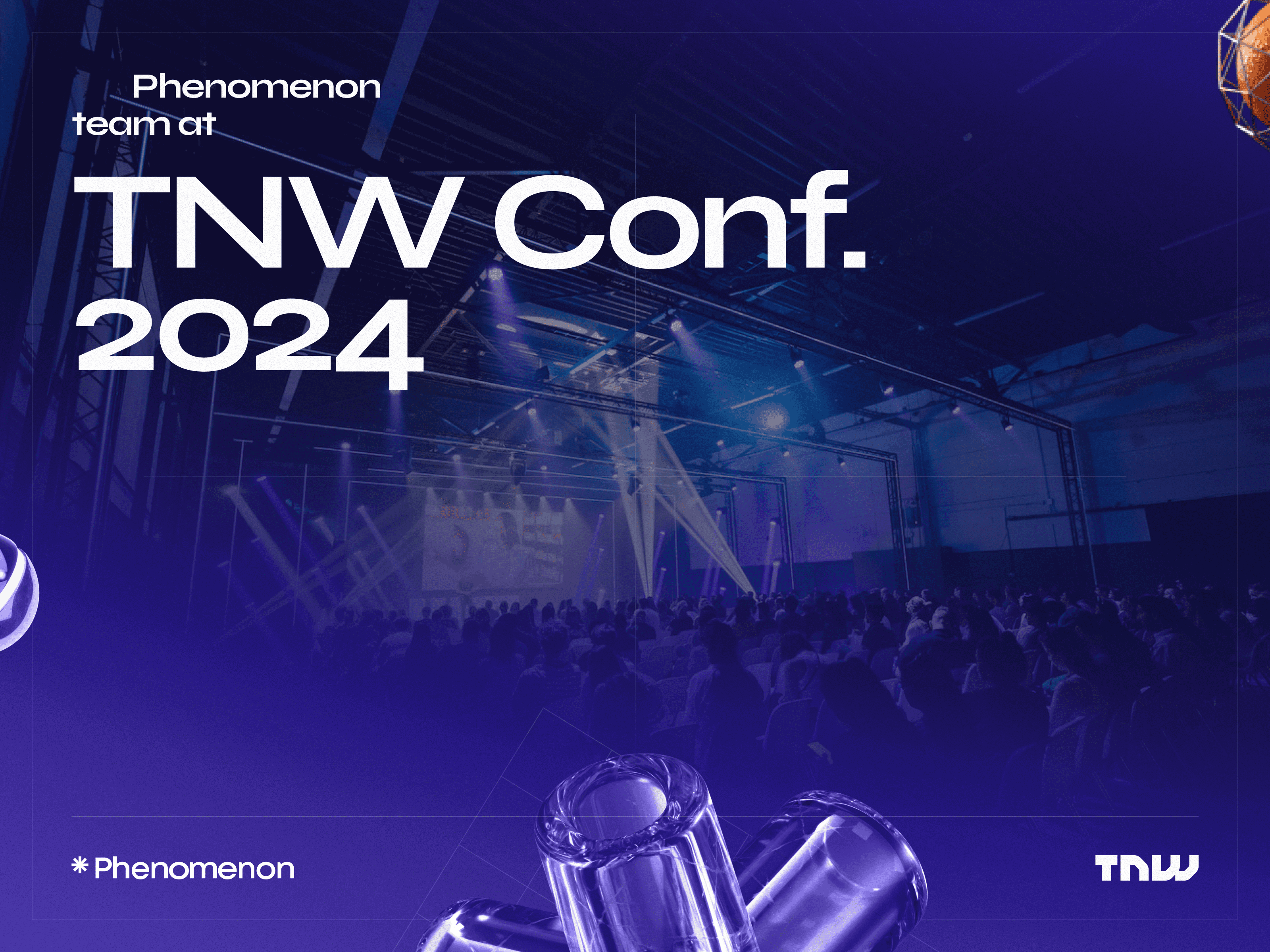





Comments
Be first to share what you think!